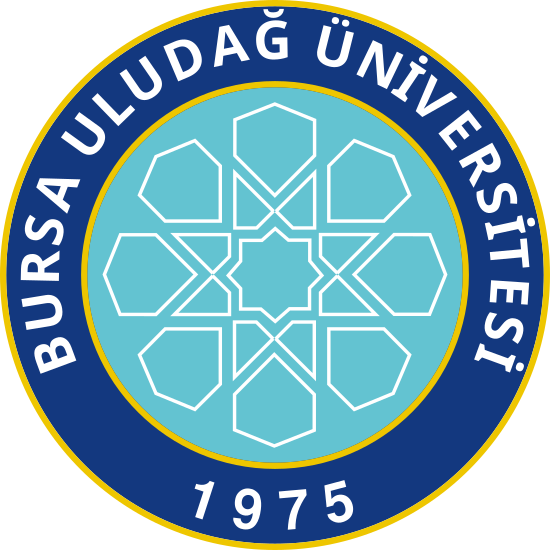Bu öğeden alıntı yapmak, öğeye bağlanmak için bu tanımlayıcıyı kullanınız:
http://hdl.handle.net/11452/14643| Başlık: | The mosaic with family portraits and mythological figures in the villa armira near ıvailovgrad, Bulgaria |
| Diğer Başlıklar: | Ivailovgrad, Bulgaristan yakınlarındaki villa armira’da aile portreleri ve mitolojik figürler içeren mozaik |
| Yazarlar: | Parrish, David |
| Anahtar kelimeler: | Villa armira Thrace Trakya Ivailovgrad Portreler Paideia Ivailovgrad Portraits Paideia |
| Yayın Tarihi: | 6-Ağu-2020 |
| Yayıncı: | Bursa Uludağ Üniversitesi |
| Atıf: | Parrish, D. (2020). "The mosaic with family portraits and mythological figures in the villa armira near ıvailovgrad, Bulgaria". Journal of Mosaic Research,13, 219-237. |
| Özet: | This article draws inspiration from Jean-Pierre Darmon’s belief that the figural mosaics decorating Roman private homes often have an educational function, serving as a form of paideia and representing cherished social and cultural values of the classical tradition. That notion is applied to a mosaic embellishing the Villa Armira located near Ivailovgrad in southeastern Thrace (modern Bulgaria) and dated to the 2nd century AD. The pavement depicts very lifelike portraits of three family members in addition to numerous mythological subjects. The latter helped inform the children represented about important social and moral concepts reflected in the mosaic imagery, thereby preparing them for future adult life. Besides making a detailed description of the pavement in question, the article draws comparisons with mosaics from other imperial Roman provinces. This pavement is an outstanding example of the assimilation of Greco-Roman culture in the region of Thrace during the High Empire. Bu makale, Jean-Pierre Darmon’un Roma özel evlerini süsleyen figüral mozaiklerin genellikle bir eğitim işlevi gördüğü, bir paideia (okul) görevi gören ve klasik geleneğin kıymetli sosyal ve kültürel değerlerini temsil ettiği inancından ilham almaktadır. Bu düşünce, Trakya’nın güneyinde (modern Bulgaristan) Ivailovgrad yakınlarında bulunan ve İS 2. yüzyıla tarihlenen Villa Armira’yı süsleyen bir mozaiğe uygulanmaktadır. Döşemede çok sayıda mitolojik konuya ek olarak üç aile üyesinin çok gerçekçi portreleri gösterilmektedir. Mitolojik öğeler mozaik görüntülerinde yansıtılan önemli sosyal ve ahlaki kavramlar hakkında temsil edilen konular ile çocukları bilgilendirmeye yardımcı oluyordu ve böylece onları gelecekteki yetişkin yaşamına hazırlıyordu. Makale, söz konusu döşemenin ayrıntılı bir tanımını yapmanın yanı sıra, diğer Roma İmparatorluğu eyaletlerinden gelen mozaiklerle karşılaştırmalar yapmaktadır. Bu mozaik, Yüksek İmparatorluk Dönemi’nde Trakya Bölgesi’nde Greko-Romen kültürünün asimilasyonunun olağanüstü bir örneğidir. |
| URI: | https://dergipark.org.tr/tr/download/article-file/1247015 http://hdl.handle.net/11452/14643 |
| ISSN: | 1309-047X 2619-9165 |
| Koleksiyonlarda Görünür: | 2020 Sayı 13 |
Bu öğe kapsamında lisanslı Creative Commons License


